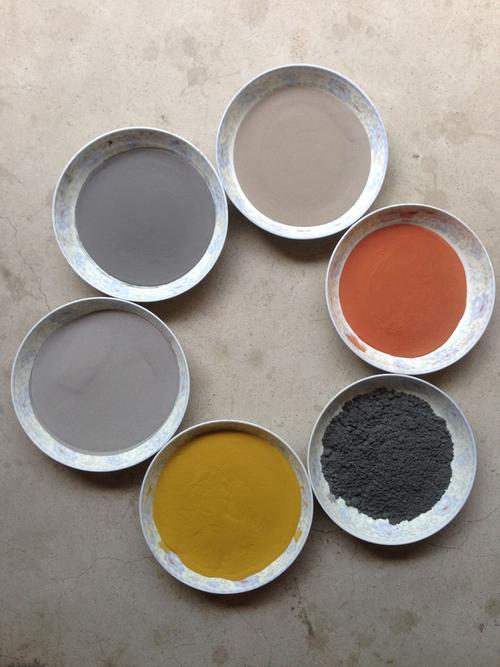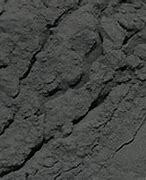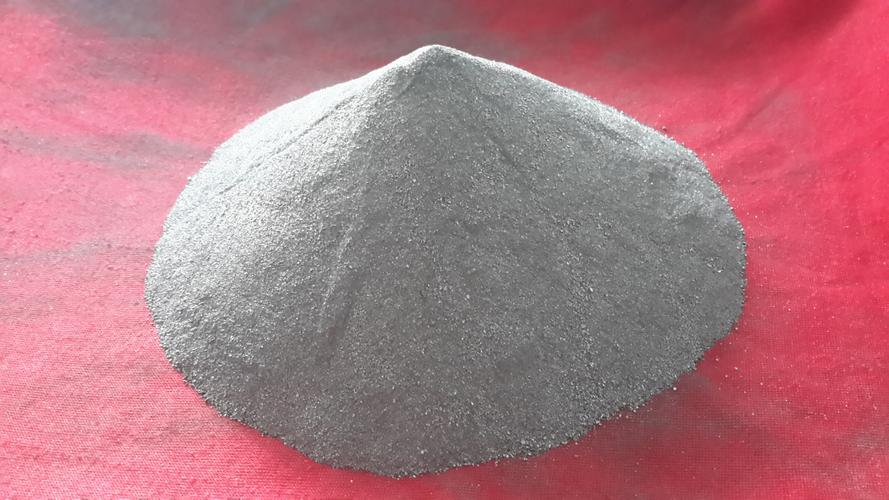Overview of Low Friction Coefficient Silicon Nitride Ceramic Ball for Bearing
Silicon Carbide (SiC) ceramic balls are spherical components made from high-purity silicon carbide, a synthetic ceramic material recognized for its exceptional hardness, wear resistance, and thermal stability. These balls are engineered to withstand demanding conditions, where conventional materials like steel or even standard ceramic balls may fail, making them invaluable in precision engineering and high-performance applications.
Features of Low Friction Coefficient Silicon Nitride Ceramic Ball for Bearing
-
Extreme Hardness: With a Mohs hardness rating close to diamond, SiC ceramic balls exhibit superior resistance to scratching and abrasion.
-
High Wear Resistance: Thanks to their hardness and low friction coefficient, they experience minimal wear, extending their lifespan in abrasive environments.
-
Superior Corrosion Resistance: Inert to most chemicals, they resist corrosion and degradation, even in acidic or alkaline conditions.
-
Thermal Stability: Retain their dimensions and mechanical properties over a wide temperature range, making them ideal for high-temperature operations.
-
Low Density: Being lighter than traditional metal balls, they reduce centrifugal forces and inertia in high-speed applications.
-
Electrically Insulating: Non-conductive nature allows their use in electrical and electronic applications requiring insulation properties.
-
Low Thermal Expansion: Minimal dimensional changes due to temperature fluctuations ensure consistent performance in precision applications.

(Low Friction Coefficient Silicon Nitride Ceramic Ball for Bearing)
Parameters of Low Friction Coefficient Silicon Nitride Ceramic Ball for Bearing
The low friction coefficient of silicon nitride ceramic ball is due to the presence of Si3N4, which is known for its high surface area and high thermal conductivity. This allows the ceramic ball to efficiently transfer heat from one point to another within the bearing, reducing the amount of frictional force needed to move the component.
The specific parameter that determines the low friction coefficient of a silicon nitride ceramic ball can vary depending on factors such as the size and shape of the ball, the application it is used in, and the manufacturing process. However, some general guidelines can be provided:
– The surface area of the ceramic ball should be optimized to ensure maximum heat transfer efficiency.
– The ball should be shaped to minimize frictional forces, especially at the contact points with the bearings.
– The ceramic material should be processed to enhance its chemical stability and wear resistance.
– The manufacturing process should take into account any environmental factors that may affect the performance of the ball, such as humidity or temperature fluctuations.
Overall, by carefully selecting and optimizing the parameters, it is possible to achieve high-performance, low-friction ceramic balls that are well-suited for a wide range of applications.

(Low Friction Coefficient Silicon Nitride Ceramic Ball for Bearing)
Company Profile
MyCarbides is a trusted global chemical material supplier & manufacturer with over 12-year-experience in providing super high-quality carbides and relative products.
The company has a professional technical department and Quality Supervision Department, a well-equipped laboratory, and equipped with advanced testing equipment and after-sales customer service center.
If you are looking for high-quality carbide materials and relative products, please feel free to contact us or click on the needed products to send an inquiry.
Payment Methods
L/C, T/T, Western Union, Paypal, Credit Card etc.
Shipment
It could be shipped by sea, by air, or by reveal ASAP as soon as repayment receipt.
Applications of Low Friction Coefficient Silicon Nitride Ceramic Ball for Bearing
-
Bearings: In high-speed, high-temperature, or corrosive environments where traditional metal bearings fail, SiC balls offer longer service life and reliability.
-
Valve Components: As check valve balls and seats in petrochemical processing, resisting corrosion and wear from aggressive media.
-
Pump Seals: Used in mechanical seals for pumps handling abrasive slurries or corrosive fluids, reducing maintenance and downtime.
-
Aerospace: In ball bearings and mechanisms requiring lightweight, high-strength components capable of withstanding extreme temperatures.
-
Semiconductor Manufacturing: As components in vacuum pumps and other equipment where particle contamination must be minimized.
-
Precision Instruments: In measurement and control devices where dimensional stability and longevity are critical.
FAQs of Low Friction Coefficient Silicon Nitride Ceramic Ball for Bearing
Q: Are Low Friction Coefficient Silicon Nitride Ceramic Ball for Bearing magnetic?
A: No, silicon carbide is a non-magnetic material, making these balls suitable for applications where magnetic interference must be avoided.
Q: How do Low Friction Coefficient Silicon Nitride Ceramic Ball for Bearing compare to steel balls in terms of durability?
A: SiC balls are significantly harder and more wear-resistant than steel, making them last longer in abrasive or high-stress applications, though they may be more brittle.
Q: Can Low Friction Coefficient Silicon Nitride Ceramic Ball for Bearing be used in food processing equipment?
A: Yes, due to their inertness and corrosion resistance, SiC balls are suitable for use in food-grade equipment, complying with hygiene standards.
Q: What is the typical size range for Low Friction Coefficient Silicon Nitride Ceramic Ball for Bearing?
A: Sizes can vary widely, from micrometers for precision applications to several centimeters for larger industrial uses, depending on the specific requirement.
Q: Are Low Friction Coefficient Silicon Nitride Ceramic Ball for Bearing costlier than metal balls?
A: Generally, yes, due to the advanced manufacturing processes involved and the material’s superior properties, SiC balls tend to have a higher upfront cost but offer long-term benefits in durability and reduced maintenance.

(Low Friction Coefficient Silicon Nitride Ceramic Ball for Bearing)





